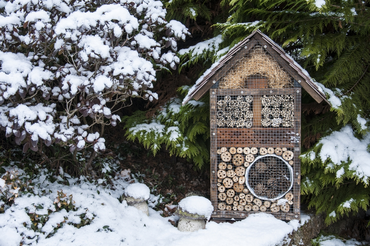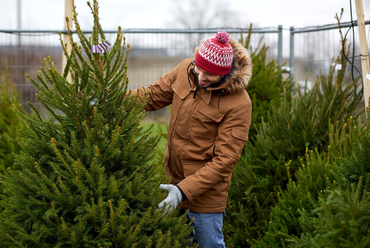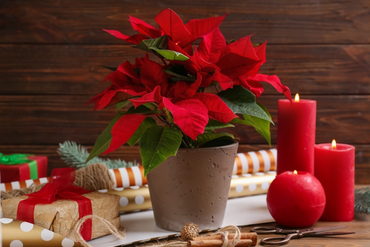Pruning fruit trees correctly is key to keeping them healthy and productive for years to come. With the right approach and timing, your trees will reward you with strong growth and plenty of delicious fruit. Here’s our guide on how and when to prune fruit trees — including apples, pears, apricots, peaches, damsons, plums, citrus and cherries.

Apples and Pears
Prune apple and pear trees during their dormant season — typically between November and March. Always use sharp, clean tools to make neat cuts and prevent disease.
- Stand back and assess the overall shape of the tree. Aim for an open, goblet-like form that allows good airflow and light.
- Remove any crossing branches and shoots growing inward.
- Cut back the previous year’s growth by about one-third.
- Always cut just above an outward-facing bud — this encourages healthy growth in the right direction.
Apricots and Peaches
Stone fruit trees such as apricots and peaches should be pruned in early spring, just before new growth begins. Avoid pruning during winter, as this increases the risk of silver leaf and bacterial canker.
- Young trees: prune after the first bud burst in early spring.
- Established trees: prune in summer to shape and remove old wood.
Damsons and Plums
Like other stone fruits, prune damsons and plums in early spring or midsummer, avoiding autumn and winter. These trees don’t need as much attention as apples or pears, but light annual pruning will improve fruit yield and tree shape.
- Focus on removing old or crowded branches.
- Train young trees early to form a strong, balanced structure.
Citrus Trees
Citrus trees require minimal pruning but benefit from a tidy-up in February.
- Thin out crowded branches and remove any dead or weak growth.
- If your tree is leggy or misshapen, prune it back by up to two-thirds.
- Pinch out fast-growing tips as needed, and remove any shoots that appear below the graft line.
Cherries
Prune cherry trees in late July or August to prevent disease, with only light pruning in spring if needed. Cherries are naturally vigorous, so annual pruning helps maintain a healthy balance between older, fruiting wood and new growth for future harvests.
A Few Final Tips
There are many pruning styles — from espalier to fan or cordon training — so this guide is a great starting point. Remember, consistent light pruning is usually better than heavy cutting.
Visit Us for Pruning Tools and Fruit Trees
We stock a wide range of high-quality pruning tools, including secateurs, shears, loppers, gloves and more. Autumn is also the perfect time to plant new fruit trees, so visit us to find varieties that will thrive in your garden. Our friendly team will be happy to offer advice and help you get started.




